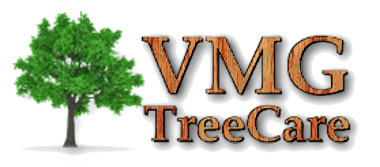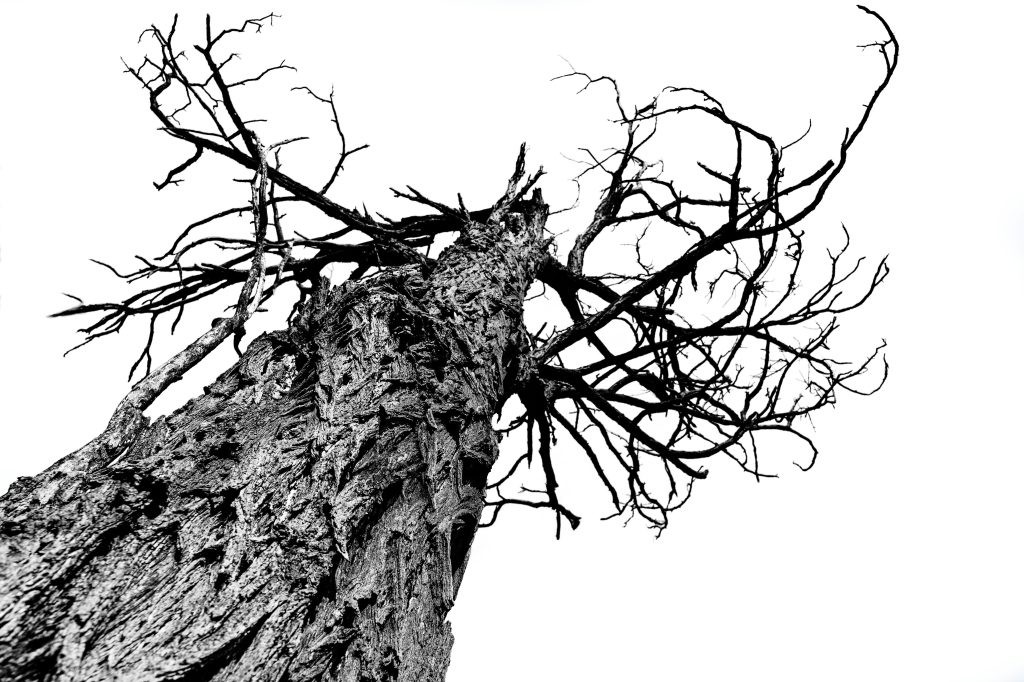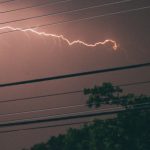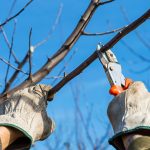Trees are a vital part of our environment, providing shade, beauty, and habitat for wildlife. However, like all living organisms, trees can fall victim to various diseases that can compromise their health and longevity. Understanding these diseases and knowing how to treat them is essential for maintaining a healthy landscape. In this blog post, we’ll explore some common tree diseases in the Atlanta area, their symptoms, and effective treatment options.
1. Anthracnose
Symptoms Anthracnose is a fungal disease that affects many types of trees, including oak, maple, and sycamore. Symptoms include:
- Irregular, brown spots on leaves
- Wilting leaves and premature leaf drop
- Cankers on twigs and branches
Treatment
- Pruning: Remove and dispose of infected leaves and twigs to prevent the spread of the fungus.
- Fungicides: Apply fungicides in early spring to protect new growth.
- Watering and Mulching: Maintain proper watering and mulching practices to reduce stress on trees.
2. Powdery Mildew
Symptoms Powdery mildew appears as a white, powdery substance on the leaves and stems of trees. It is most commonly found on dogwoods, oaks, and maples. Symptoms include:
- White, powdery spots on leaves, stems, and buds
- Distorted or stunted leaf growth
- Premature leaf drop
Treatment
- Pruning: Increase air circulation by pruning overcrowded branches.
- Fungicides: Apply fungicides at the first sign of infection.
- Water Management: Water trees at the base rather than from above to keep foliage dry.
3. Root Rot
Symptoms Root rot is caused by fungi that thrive in overly wet soil conditions. It affects the roots, leading to:
- Wilting and yellowing leaves
- Stunted growth
- Foul smell from the root area
- Mushrooms or fungal growth at the base of the tree
Treatment
- Soil Drainage: Improve soil drainage to prevent waterlogging.
- Fungicides: Apply fungicides to affected areas.
- Removal: In severe cases, remove and replace the affected tree and improve soil conditions before replanting.
4. Leaf Spot
Symptoms Leaf spot diseases are caused by various fungi and bacteria, resulting in:
- Small, dark spots on leaves
- Yellowing and premature leaf drop
- Blisters or raised spots on leaves
Treatment
- Pruning: Remove and dispose of infected leaves.
- Fungicides: Apply fungicides to protect new growth.
- Watering: Water trees in the morning to allow foliage to dry during the day.
5. Canker Diseases
Symptoms Canker diseases are caused by fungi or bacteria that infect the bark, leading to:
- Sunken, dead areas on branches or trunks
- Cracked or oozing bark
- Wilting and dieback of branches
Treatment
- Pruning: Remove and dispose of infected branches.
- Disinfect Tools: Sterilize pruning tools between cuts to prevent spreading the disease.
- Fungicides: Apply fungicides to the affected area if necessary.
Prevention Strategies
While treating tree diseases is important, prevention is the best approach to maintaining healthy trees. Here are some preventive measures you can take:
- Regular Inspections: Regularly inspect your trees for signs of disease or stress.
- Proper Watering: Ensure your trees receive adequate water, especially during dry periods.
- Mulching: Apply mulch around the base of your trees to retain moisture and regulate soil temperature.
- Pruning: Prune trees during the dormant season to remove dead or diseased branches and improve air circulation.
- Fertilization: Provide your trees with the necessary nutrients to promote healthy growth.
- Professional Care: Hire a professional arborist for regular maintenance and to address any potential issues promptly.
Frequently Asked Questions About Tree Diseases
1. How can I tell if my tree is diseased? Look for symptoms such as discolored leaves, unusual growths on the bark, premature leaf drop, or wilting branches. Regular inspections can help you spot these signs early.
2. Can tree diseases spread to other plants? Yes, many tree diseases can spread to other trees and plants, especially those of the same species. Prompt treatment and proper sanitation practices can help prevent the spread.
3. Are fungicides safe for the environment? When used correctly, fungicides can be effective and safe. It’s important to follow the manufacturer’s instructions and use environmentally friendly products whenever possible.
4. How often should I inspect my trees for diseases? It’s a good practice to inspect your trees at least twice a year, in spring and fall. Additionally, after severe weather events, you should check for any signs of damage or disease.
5. Can a diseased tree be saved? The possibility of saving a diseased tree depends on the type and severity of the disease. Early detection and treatment increase the chances of recovery. Consulting with a professional arborist is the best course of action.
Conclusion
Understanding tree diseases and knowing how to treat them is crucial for maintaining a healthy landscape. By being vigilant and proactive, you can protect your trees from common illnesses and ensure they thrive for years to come. If you suspect your tree is diseased or need professional assistance, contact VMG Tree Care. Our experienced arborists are here to help you with all your tree care needs. Call us at 404-456-6794 or visit our main website for more information.
Keeping your trees healthy is not just about aesthetics—it’s about preserving the vital role they play in our environment and ensuring the safety and beauty of your property.



